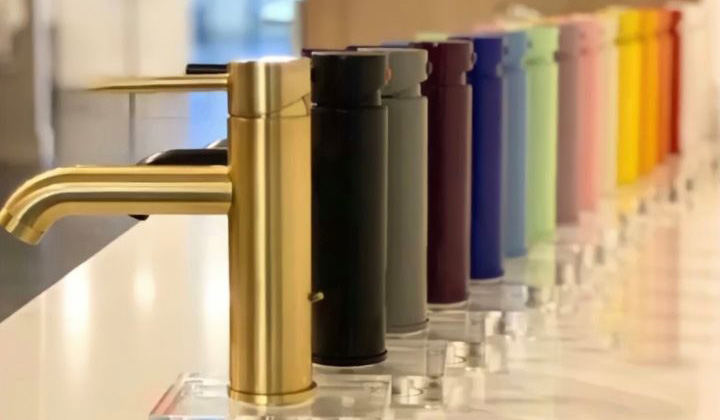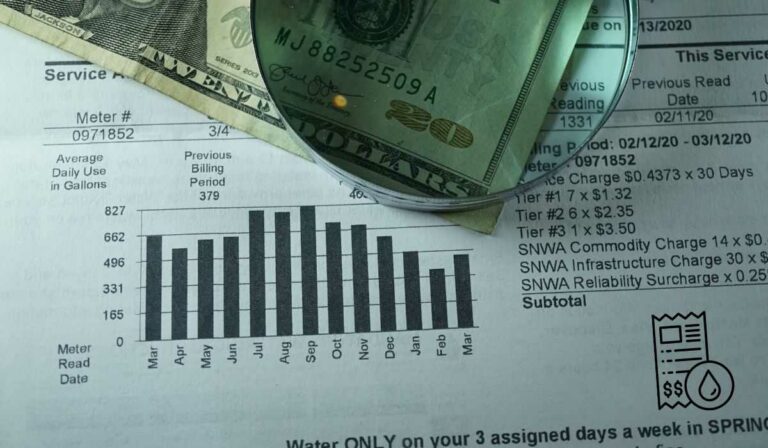How To Remove Kitchen Cabinets
Removing your kitchen cabinets can feel like a challenging job, but with the right approach, it’s entirely manageable. Whether you’re updating your kitchen or preparing for a full remodel, taking down cabinets requires careful preparation and precise execution to avoid damage and ensure safety. In this guide, you’ll discover clear, step-by-step instructions to remove your kitchen cabinets confidently and efficiently.
Preparation Before Removing Cabinets
Gathering Necessary Tools And Materials
Before you begin, gather the essential tools to make the removal smoother. You’ll need a screwdriver (both flathead and Phillips), a cordless drill, a pry bar, a hammer, adjustable wrench, utility knife, and safety gear like gloves and goggles. Having a large plastic sheet or drop cloth to protect your floors and a sturdy step ladder for reaching upper cabinets will also help.
Turning Off Utilities And Clearing The Area
Safety first: turn off the power to any outlets or lighting inside or near your cabinets at the circuit breaker to avoid electric hazards, especially if you have under-cabinet lighting. If your cabinets house plumbing fixtures, shut off the water supply to prevent leaks. Clear all items from cabinets, countertops, and the area around your workspace to create an obstacle-free environment. This preparation minimizes risks and makes the task more efficient.
Removing Cabinet Doors And Drawers
Steps To Take Doors Off Hinges Safely
Start by removing all cabinet doors. Open the door fully, locate the hinge screws attaching the door to the cabinet frame, and use a screwdriver to remove them. Keep the screws in a labeled container in case you need them later. Support the door with one hand as you unscrew to prevent it from falling and causing damage or injury.
Removing Drawers Completely
Next, pull each drawer out fully. Most drawers have clips or stops to prevent full removal, carefully release these by pushing or lifting depending on the mechanism. Once free, set the drawers aside. This step reduces weight and bulk, making cabinet removal itself much simpler.
Detaching The Cabinets From The Wall
Locating And Removing Fasteners
Look inside the cabinet backs to locate screws or nails securing the cabinetry to the wall studs. Cabinets often attach at multiple points along the top, bottom, and sides. Using a drill or screwdriver, remove all visible fasteners. You may need to open cabinet doors or remove shelves for better access.
Techniques For Separating Cabinets Without Damage
To prevent wall or cabinet damage, use a pry bar carefully between the cabinet and wall. Work slowly and gently, applying steady pressure. If cabinets are joined side-by-side, check for screws holding units together and remove them before prying. Having a helper to support the cabinet while detaching makes the process safer and easier.
Removing Base Cabinets And Countertops
Disconnecting Plumbing Fixtures
If base cabinets hold a sink, start by disconnecting plumbing. Use an adjustable wrench to loosen water supply lines and drain pipes. Place a bucket underneath to catch any water residuals. If you’re uncomfortable handling plumbing, consider calling a professional to avoid costly damage.
Safely Detaching Countertops If Needed
Countertops might be secured with screws or strong adhesive. Remove any visible fasteners beneath the countertop. For adhesive, gently use a putty knife or pry tool along edges to loosen it. Take your time here to avoid cracking or chipping the countertop surface if you plan to reuse it.
Handling Wall Cabinets Removal With Care
Supporting Cabinets During Removal
Wall cabinets are often heavy and awkward to hold alone. Use a sturdy step ladder and enlist help to support the cabinet while you remove screws and fasteners. Consider using clamps or temporary supports to hold cabinets safely as you detach them.
Avoiding Common Mistakes
Don’t rush this step: rushing can cause the cabinet to fall, damaging walls and possibly causing injury. Avoid removing screws unevenly, loosen them gradually to distribute weight. Be mindful of electrical wiring inside cabinets and avoid pulling hard on any fixtures.
Cleaning Up After Cabinet Removal
Disposing Or Recycling Old Cabinets
Once the cabinets are out, decide if you want to recycle, donate, or dispose of them. Many old cabinets can be donated to organizations or recycled, check local guidelines and facilities. For disposal, rent a dumpster or arrange a pickup service.
Preparing The Space For New Installation
Clean the walls, floors, and plumbing fixtures left exposed. Repair any holes, repaint if needed, and inspect wiring and plumbing to ensure they’re ready for your new kitchen setup. Preparing thoroughly at this stage guarantees a smoother installation later on.
Conclusion
Removing kitchen cabinets isn’t just about muscle, it’s about strategy, patience, and safety. By following these clear steps, you can remove your cabinets confidently without damaging your kitchen or hurting yourself. Once cleared, you’ll be perfectly positioned to start fresh with a new design that reflects your style and boosts your home’s value. Ready to tackle your kitchen update? Armed with this guide, you absolutely can.


